
Scrum: no more need for a planning tool?
Scrum is indispensable. It is a method that fundamentally organizes projects differently. But is a planning tool still necessary if you work with Scrum? Let’s find out.
Support any project type, combine central and team-level scheduling, and track time and progress — no matter how your IT business operates.
IT organizations often deal with a wide range of project types—ranging from short one-off tasks to complex, long-running programs and managed services. They all require a different approach for resource planning.
Whether you work with an Agile or a more traditional method, you easily schedule individuals fulltime for longer periods of time to sprints or activities.
Typically consultants are scheduled on a daily basis or for specific time blocks during the day. They work on multiple assignments in a week.
Projects need to be broken down in activities or deliverables for invoicing and reporting purposes. Scheduling also needs to take place at this level.
Resource planning must account for skill scarcity and coordination with external vendors and internal teams to optimize utilization.
Requires to schedule shifts in repeating patterns for longer periods of time. Assigning resources takes place in the short termw planning process.
Here, resource planning requires continuous monitoring of scarce skills and buffers for incident response and audit cycles of compliance projects.
For standby services, scheduling resources on these services shoud not effect their availability. They need to be scheduled to normal work in parallel.
In IT companies, different business units often require different planning approaches. We support central, decentral and hybrid planning models.
Some teams operate best with fully centralized scheduling by resource managers.
Employees — who are closest to the customer — are in the lead for their planning.
High-level planning is done centrally, but employees refine the day-to-day details.
In IT companies, different business units often require different planning approaches. We support central, decentral and hybrid planning models.
Some teams operate best with fully centralized scheduling by resource managers.
Employees — who are closest to the customer — are in the lead for their planning.
High-level planning is done centrally, but employees refine the day-to-day details.
IT companies often work with diverse pricing models—time & materials, prepaid hours (retainers) or fixed-price contracts. That makes it essential to accurately track both the hours worked and the actual progress.
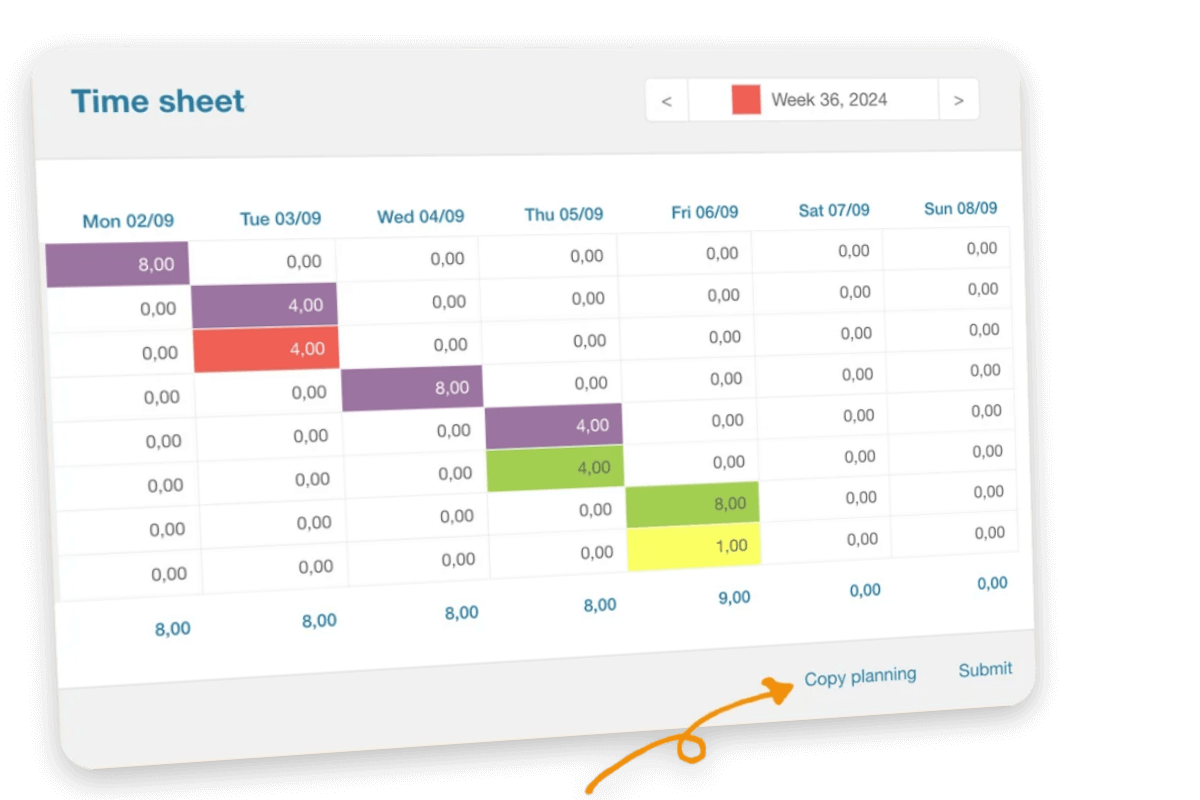
We already have their schedule, so employees just copy it into their time sheets. They only make adjustments where needed. They’re done in 30 seconds.
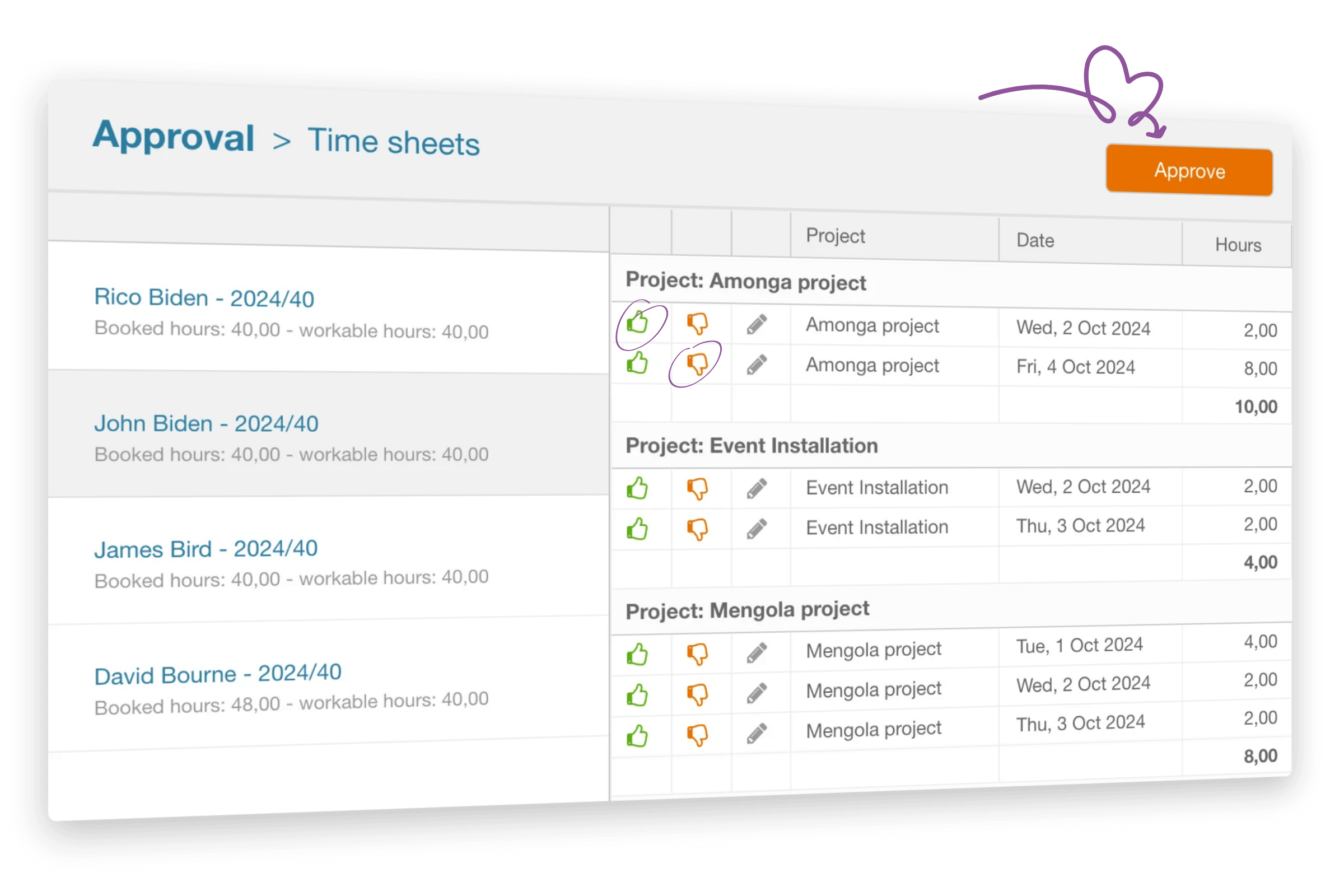
Set up approval workflows to have time sheets checked by department managers, project managers or both depending on the work.
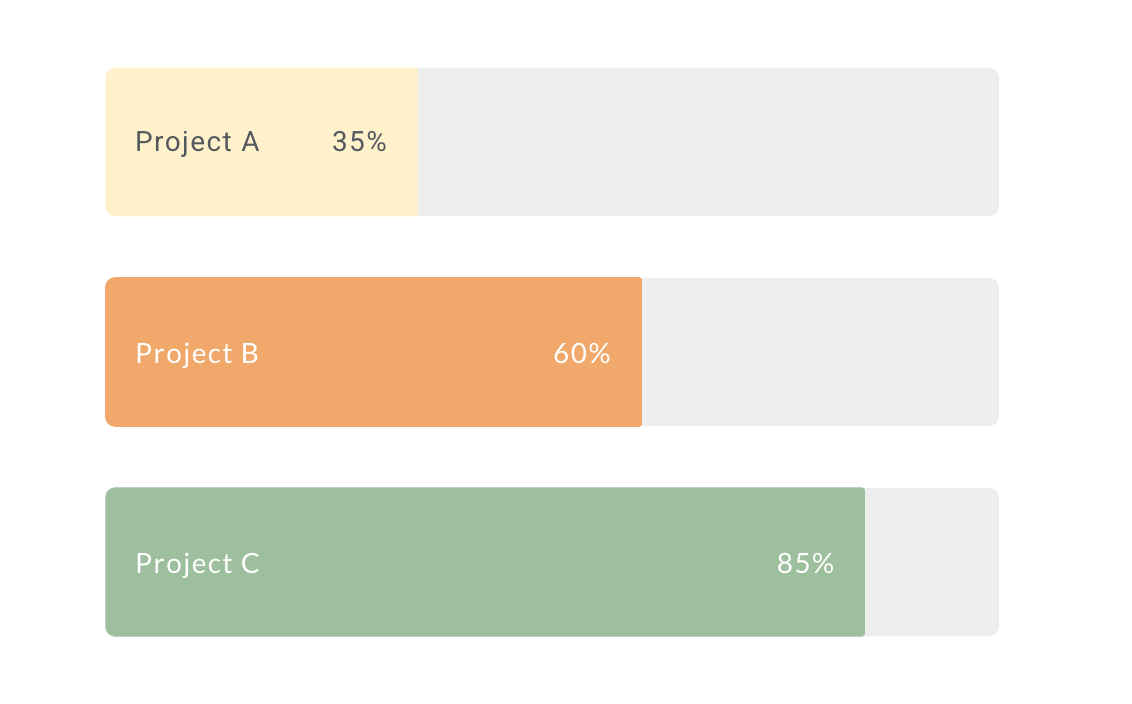
Wherever you are in our platform, you instantly report the progress of your work. Just with a simple slider.
IT companies often work with diverse pricing models—time & materials, prepaid hours (retainers) or fixed-price contracts. That makes it essential to accurately track both the hours worked and the actual progress.
We already have their schedule, so employees just copy it into their time sheets. They only make adjustments where needed. They’re done in 30 seconds.
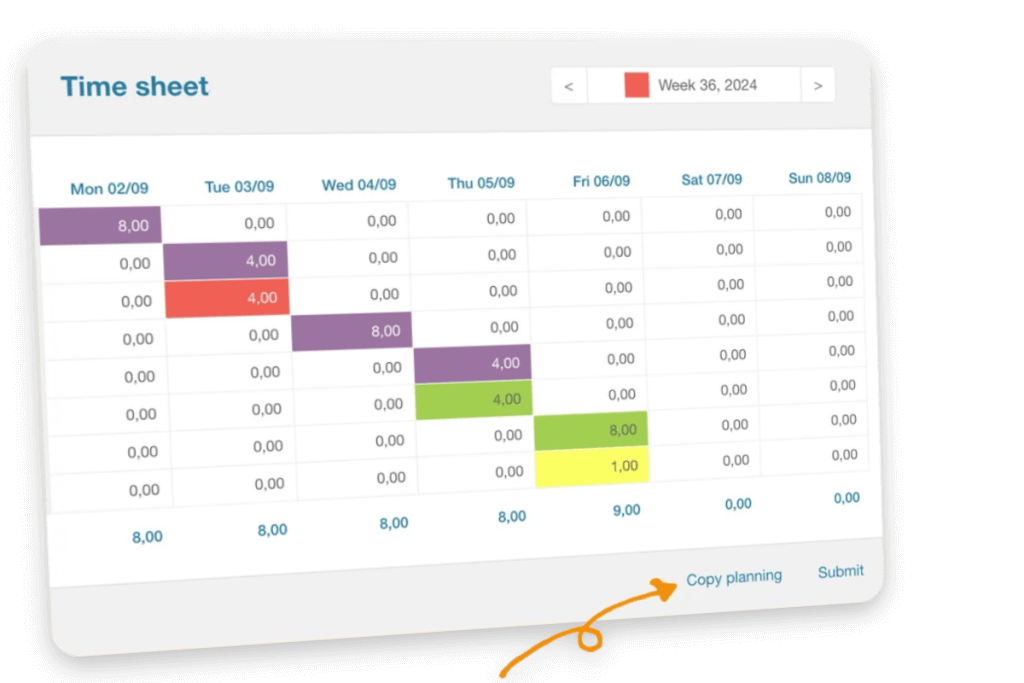
Set up approval workflows to have time sheets checked by department managers, project managers or both depending on the work.

Wherever you are in our platform, you instantly report the progress of your work. Just with a simple slider.
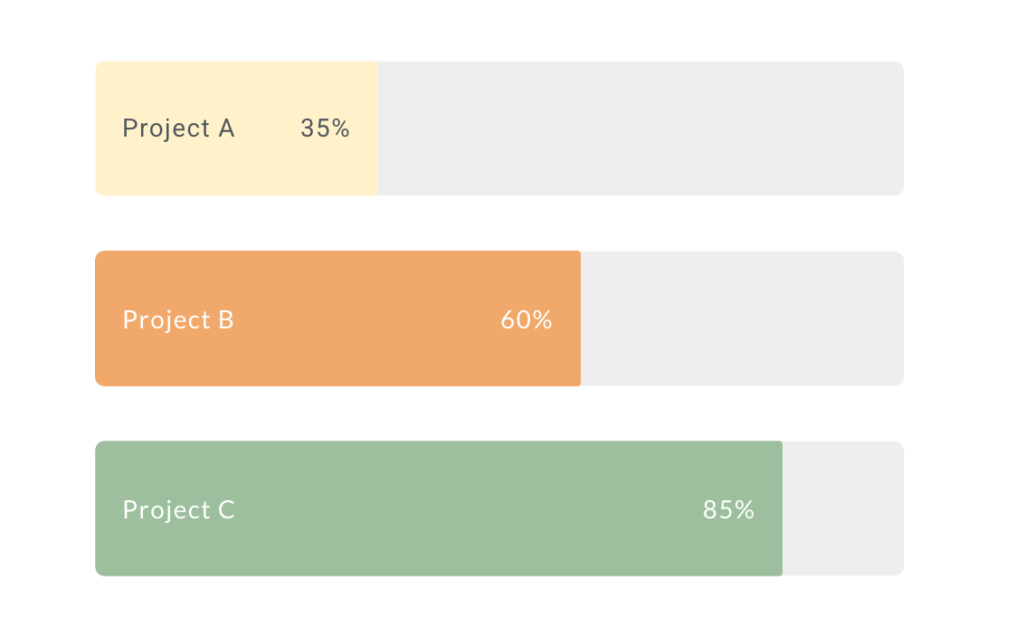
Our planning software integrates seamlessly with typical systems that IT companies work with. Want to go technical and customize a 100%? DIY with our API.
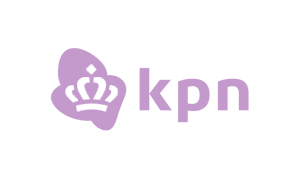
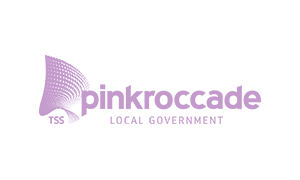
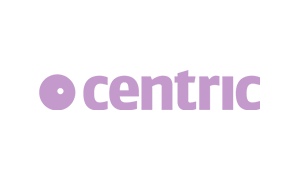
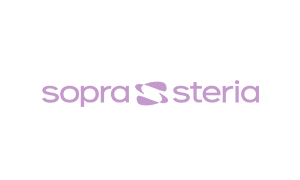
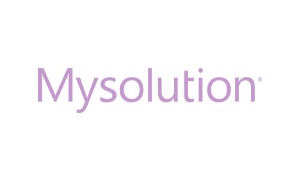
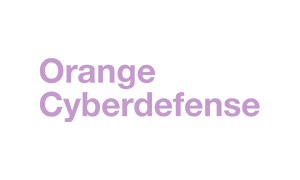
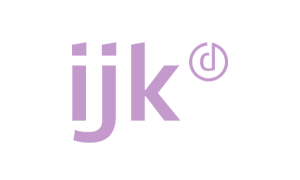
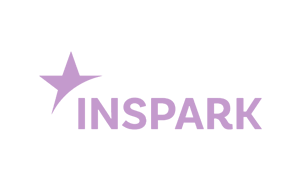
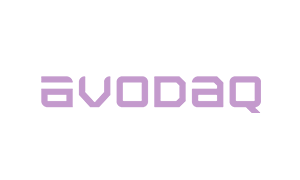
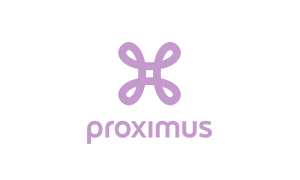
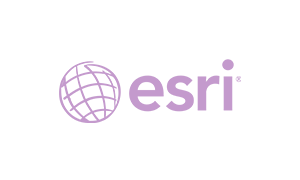



Scrum is indispensable. It is a method that fundamentally organizes projects differently. But is a planning tool still necessary if you work with Scrum? Let’s find out.

Many project-based companies must be available to their clients 24 hours a day. For this, they have to set up a breakdown service and plan employees accordingly.

Do you plan projects as one chunk or in neatly broken-down pieces? Of course, every form of breaking down a project has its pros and cons. So which option do you pick?